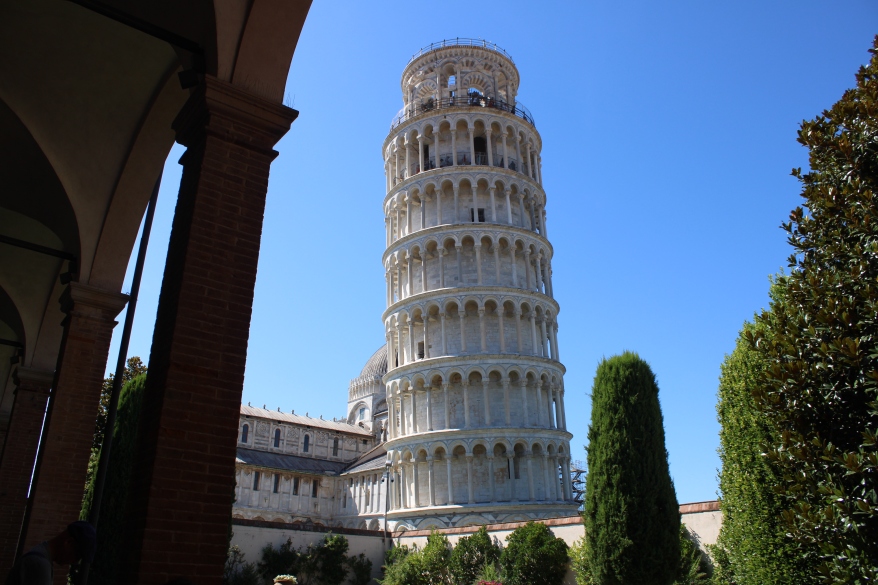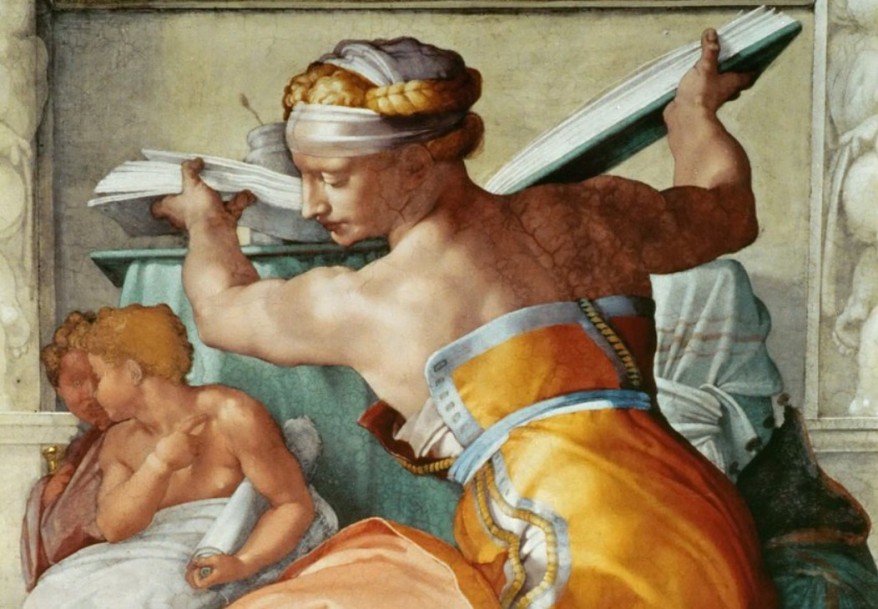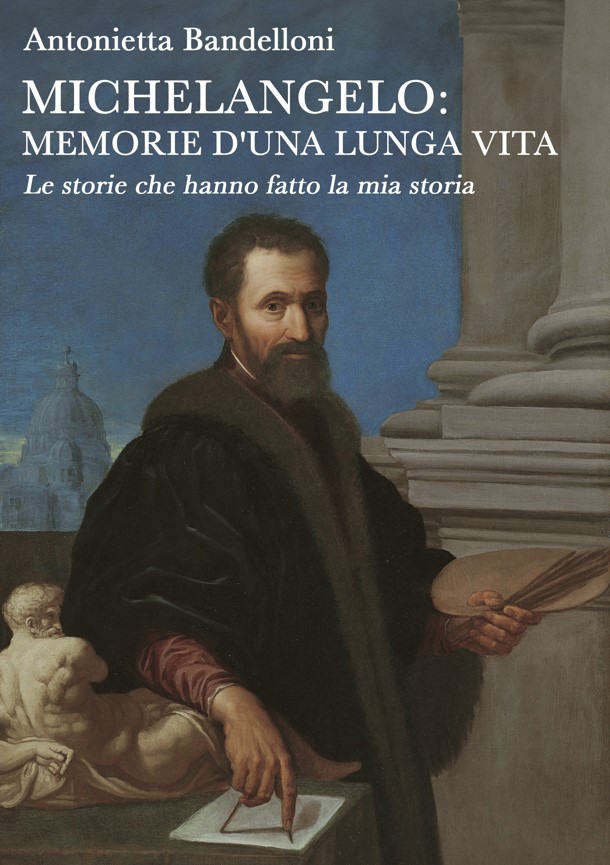L’Altare Papale della Basilica di San Pietro in Vaticano
Dopo la Confessione, l’Altare Papale della basilica di San Pietro è uno dei luoghi considerati più sacri di tutta la cristianità. Conoscete però la sua storia? Sedetevi comodi che ve la racconto dal principio.
L’Altare Papale si trova in corrispondenza verticale di quelli precedenti di Gregorio Magno e Callisto II. Se osservate bene dove è posto, vi renderete conto che non si trova esattamente al centro della cupola ma è visibilmente spostato verso l’abside.
Come era consuetudine fare all’interno delle basiliche paleocristiane, anche in questo caso l’altare è rivolto verso Est, in direzione del sole che nasce. Il suo utilizzo è riservato alle celebrazioni del pontefice o al massimo a persone che possono ricevere la delega da lui.
La commissione dell’Altare Papale
L’Altare Maggiore della Basilica di San Pietro fu fatto erigere da Clemente VIII Aldobrandini nel 1594 per avere un posto stabile dove poter celebrare messa all’interno della nuova basilica. L’antico altare voluto da Callisto II attorno al 1100 risultava oramai troppo piccolo e addirittura infossato rispetto alla nuova pavimentazione sopraelevata.
Durante una visita pastorale che ebbe luogo il 3 luglio del 1592, Clemente VIII si decise che fosse il momento di erigere un nuovo altare, di maggiori dimensioni.
Ora dovete sapere che non molto tempo prima era stato rinvenuto nel foro di Nerva un architrave di marmo pario di grandi dimensioni: 4,35 metri di lunghezza per 2 di larghezza e 1,23 metri di altezza. Quel monolite di marmo bianco a grana fine particolarmente pregiato, proveniente dalle cave nell’isola di Paro in Grecia, sembrò perfetto per realizzare il nuovo altare.
Fu tagliato nelle dimensioni desiderate e i lati lunghi furono divisi da paraste in tre riquadri. Vennero poi applicate quattro stelle araldiche in bronzo dorato di papa Aldobrandini mentre al centro, come omaggio a papa Callisto II e al suo altare, fu collocata la croce trilobata in giallo antico.
La consacrazione dell’Altare Papale
L’altare fu posto sopra una base raggiungibile dopo aver salito cinque gradini, portati successivamente al numero simbolico di sette. Seguendo il consiglio della Sacra Congregazione dei Riti, nell’altare non fu collocata alcuna reliquia già che i santi resti dell’apostolo Pietro bastavano a rendere quel luogo sacro.
Il nuovo Altare Papale ricavato dall’antico architrave fu consacrato il 26 giugno del 1594 e tale evento viene ricordato dalla scritta incisa e dorata nella parte alta dello stesso: “CLEMENS PAPA VIII SOLEMNI CONSECRAVIT VI KAL. IVL. AN. MDXCIII PONT. III” ovvero Papa Clemente VIII con rito solenne consacrò il 26 giugno ( sesto delle calende di luglio)dell’anno 1694, terzo del pontificato.
Per il momento il vostro Michelangelo Buonarroti vi saluta dandovi appuntamento ai prossimi post e sui social.
The Papal Altar of St. Peter’s Basilica in the Vatican
After the Confession, the Papal Altar of St. Peter’s Basilica is one of the places considered holiest in all of Christianity. But do you know its history? Sit back and I’ll tell you from the beginning.
The Papal Altar is located in vertical correspondence with the previous ones of Gregory the Great and Callistus II. If you look carefully where it is, you will realize that it is not exactly in the center of the dome but is visibly moved towards the apse.
As was customary in early Christian basilicas, also in this case the altar faces east, in the direction of the rising sun. Its use is reserved for celebrations of the pontiff or at most for people who can receive the delegation from him.
The commission of the Papal Altar
The High Altar of St. Peter’s Basilica was built by Clement VIII Aldobrandini in 1594 to have a stable place where to celebrate mass inside the new basilica. The ancient altar wanted by Callisto II around 1100 was now too small and even sunken compared to the new raised floor.
During a pastoral visit which took place on 3 July 1592, Clement VIII decided that it was time to erect a new, larger altar.
Now you must know that not long before a large Parian marble architrave had been found in the forum of Nerva: 4.35 meters long by 2 meters wide and 1.23 meters high. That monolith of particularly precious fine-grained white marble, coming from the quarries on the island of Paros in Greece, seemed perfect for making the new altar.
It was cut to the desired size and the long sides were divided by pilasters into three squares. Four heraldic stars in gilded bronze by Pope Aldobrandini were then applied, while in the centre, as a tribute to Pope Callistus II and his altar, the trefoil cross in antique yellow was placed.
The consecration of the Papal Altar
The altar was placed on a base that can be reached after having climbed five steps, subsequently brought to the symbolic number of seven. Following the advice of the Sacred Congregation of Rites, no relic was placed on the altar since the holy remains of the Apostle Peter were enough to make that place sacred.
The new Papal Altar obtained from the ancient architrave was consecrated on 26 June 1594 and this event is commemorated by the engraved and gilded inscription in the upper part of the same: “CLEMENS PAPA VIII SOLEMNI CONSECRAVIT VI KAL. IVL. AN. MDXCIII PONT. III” or Pope Clement VIII with a solemn rite consecrated on June 26 (sixth of the calends of July) of the year 1694, the third of his pontificate.
For the moment, your Michelangelo Buonarroti greets you by making an appointment for the next posts and on social media.

Sostienici – Support Us
Se questo blog ti piace e ti appassiona, puoi aiutarci a farlo crescere sempre più sostenendoci in modo concreto condividendo i post, seguendo le pagine social e con un contributo che ci aiuta ad andare avanti con il nostro lavoro di divulgazione. . ENGLISH: If you like and are passionate about this blog, you can help us make it grow more and more by supporting us in a concrete way by sharing posts, following social pages and with a contribution that helps us to move forward with our dissemination work.
5,00 €
-
La mostra della Torre di Pisa: il viaggio nella storia
🇮🇹Se siete appassionati di arte e storia, non potete perdervi la straordinaria mostra organizzata dall’Opera della Primaziale Pisana in occasione dell’850º anniversario dalla posa della prima pietra della Torre di Pisa… 🇬🇧If you are passionate about art and history, you cannot miss the extraordinary exhibition organized by the Opera della Primaziale Pisana on the occasion…
-
Le mirabili acconciature delle opere mie
🇮🇹Avete mai fatto caso alle acconciature femminili che realizzai per tutte le figure femminili che scolpii, dipinsi e disegnai?… 🇬🇧Have you ever noticed the female hairstyles that I created for all the female figures that I sculpted, painted and drew?…














